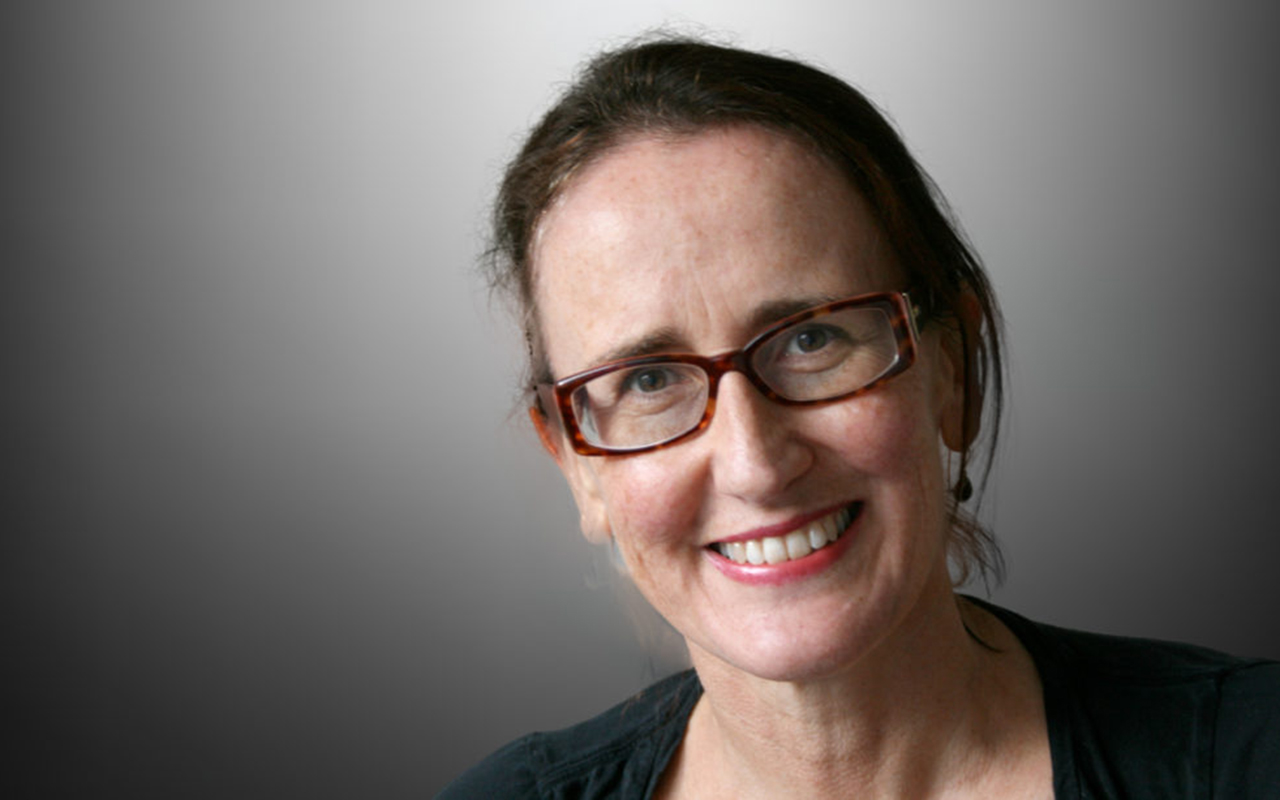“Then God said, ‘Let us make humankind in our image, according to our likeness; and let them have dominion over the fish of the sea, and over the birds of the air, and over the cattle, and over all the wild animals of the earth, and over every creeping thing that creeps upon the earth.’” – Genesis, day 6
IN the Western tradition at least, humans have long seen our extraordinary planet, and all the creatures we share it with, as a resource that is ours to use as we wish.
In these early years of the third millennium, nature is perhaps fighting back.
As growing human populations push further into the wild places, food insecurity forces people to find sustenance where they can, and climate change allows vectors to expand their geographic range, it is becoming easier than ever for diseases to jump the species barrier.
We may have been told the current pandemic is a once in 100 years event, but some experts believe COVID-19 is just the start.
We know little of the myriad viruses that may lurk in wild animal populations, as yet undiscovered by us. Or, perhaps I should say, the myriad of viruses that are yet to discover us.
Our understanding of what causes pathogens to make the transition to a new species is limited, and we have almost no capacity to predict when this will happen or how serious the resulting disease outbreak is likely to be. The good news is there is now a whole field of zoonoses prediction science (here and here).
Recognition of the deep connections between human and animal health is a relatively recent phenomenon, at least at a policy level. It probably isn’t news to those who live in close daily contact with farmed or wild animals.
“Between animal and human medicine there is no dividing line – nor should there be,” wrote German pathologist Dr Rudolf Virchow back in the 19th century.
But it was not until 2007 that representatives of governments and international organisations met to develop the One Health concept, building links between human and animal health systems to help combat the increasing risk of zoonotic disease.
Researchers wrote in 2020 of the anthropogenic factors intensifying the animal–human interface, “increasing our interactions with animals, and consequently, the risk of disease spillover”.
“This increased intensity is largely driven by human population growth and efforts to alleviate the associated poverty, which include intensified farming and unsustainable exploitation of natural resources,” the authors wrote.
Co-author of the paper Dr Victoria Brookes, a veterinary epidemiologist at the University of Sydney, told me last week the single biggest thing Australia and other wealthy countries could do to prevent emerging disease outbreaks would be to take genuine action on climate change.
“The drivers of infectious disease, such as climate change, arise in highly industrialised countries,” she said. “A disproportionate burden of the impact is felt in low to middle income countries.
“The instigators of these problems are much broader than one unhygienic wet market in a lower income country.”
Dr Brookes sees even wider connections across the sphere of public health.
“Over the last few decades, we’ve seen huge increases in the global burden of non-communicable diseases such as diabetes, cardiovascular disease, chronic respiratory diseases, cancer and mental health conditions,” she says.
“We tend to view this as a separate problem to emerging infectious disease, but they are a ‘global syndemic’ and the underlying drivers of inequity are common to both.”
We need a coordinated global effort to address the social, commercial, and environmental determinants of health, including climate change and the massive pressures on ecosystems, she says.
Most of us humans see ourselves as fundamentally distinct from the other creatures who share our wondrous blue planet.
Strange, deluded, occasionally brilliant, beings that we are, we believe our destiny to be separate from theirs.
If the disasters of recent years could teach us anything, it might be a long overdue recognition that we are all part of the same interconnected system, one we damage at our peril.
Jane McCredie is a Sydney-based health and science writer.
The statements or opinions expressed in this article reflect the views of the authors and do not represent the official policy of the AMA, the MJA or InSight+ unless so stated.

 more_vert
more_vert
The Australasian Society of Infectious Diseases has a special interest group “ZooSIG”, bringing experts and anyone interested in human and animal health and the One Health concept.
Visit:
https://www.asid.net.au/groups/zoosig
https://www.facebook.com/groups/ASID.ZooSIG